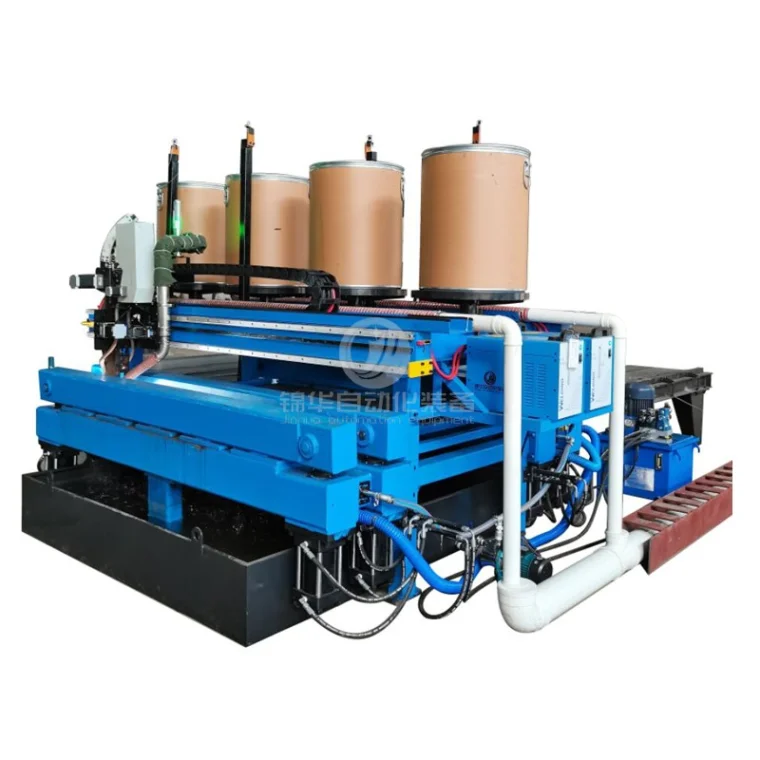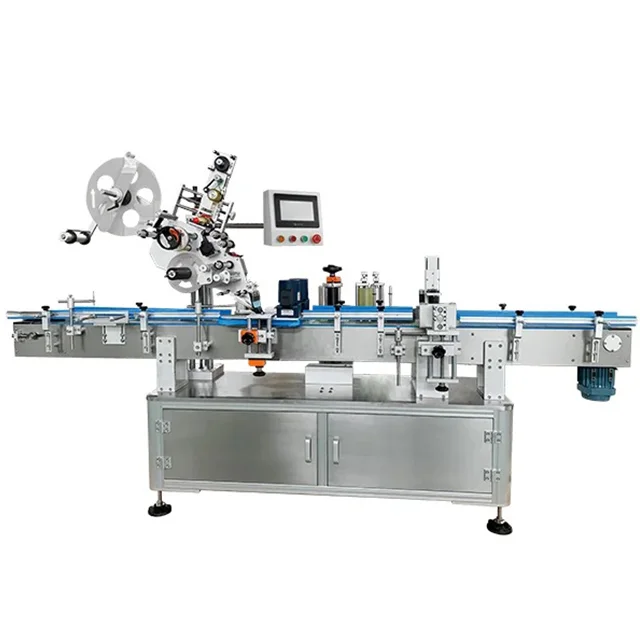Embracing the Breeze: Unveiling the Multifaceted Benefits of Natural Ventilation
3 min readIn an era where sustainability and energy efficiency are paramount, natural ventilation emerges as a compelling solution for enhancing indoor air quality and reducing energy consumption. This article delves into the myriad benefits of natural ventilation, exploring its impact on health, environmental sustainability, and economic efficiency.
Understanding Natural Ventilation
Natural ventilation refers to the process of supplying and removing air through natural means, primarily driven by wind and temperature differences. Unlike mechanical ventilation systems, which rely on fans and ducts, natural ventilation utilizes architectural design and the natural environment to facilitate airflow. This method can be implemented in various settings, from residential homes to large commercial buildings, and offers a range of advantages that extend beyond mere air exchange.
- Improved Indoor Air Quality
One of the most significant benefits of natural ventilation is its ability to enhance indoor air quality (IAQ). By allowing fresh outdoor air to circulate within a building, natural ventilation helps dilute indoor pollutants, such as volatile organic compounds (VOCs), carbon dioxide, and other harmful substances. Studies have shown that improved IAQ is linked to better cognitive function, reduced absenteeism in workplaces, and overall enhanced well-being.
Moreover, natural ventilation can help regulate humidity levels, reducing the risk of mold growth and associated health issues. This is particularly beneficial in climates with high humidity, where stagnant air can exacerbate moisture problems.
- Energy Efficiency and Cost Savings
Natural ventilation is a cost-effective alternative to mechanical systems, significantly reducing energy consumption. By minimizing reliance on air conditioning and heating systems, buildings can achieve substantial energy savings. According to the U.S. Department of Energy, natural ventilation can reduce cooling energy use by up to 50% in certain climates.
Furthermore, the initial investment in natural ventilation strategies, such as strategically placed windows, vents, and atriums, can be lower than that of complex mechanical systems. Over time, the reduction in energy bills can lead to significant cost savings for homeowners and businesses alike.
- Environmental Sustainability
In the context of global climate change and environmental degradation, natural ventilation plays a crucial role in promoting sustainability. By reducing energy consumption, buildings that utilize natural ventilation contribute to lower greenhouse gas emissions. This aligns with the goals of many governments and organizations striving for carbon neutrality.
Additionally, natural ventilation can be integrated with other sustainable design practices, such as passive solar heating and green roofs, to create a holistic approach to building design. This synergy not only enhances the building's performance but also contributes to the overall health of the environment.
- Enhanced Comfort and Well-Being
Natural ventilation contributes to occupant comfort by providing a more pleasant indoor environment. The ability to control airflow and temperature through operable windows and vents allows occupants to tailor their environment to their preferences. This level of control can lead to increased satisfaction and productivity, particularly in workspaces.
Furthermore, exposure to natural light, often facilitated by natural ventilation strategies, has been shown to improve mood and overall mental health. The connection between nature and well-being is well-documented, and incorporating natural elements into building design can foster a sense of tranquility and connection to the outdoors.
- Architectural Aesthetics and Flexibility
Incorporating natural ventilation into building design can enhance architectural aesthetics. Large windows, open spaces, and strategically placed vents can create visually appealing environments that invite the outdoors in. This design flexibility allows architects and builders to create unique spaces that are not only functional but also beautiful.
Moreover, natural ventilation systems can be adapted to various building types and climates, making them a versatile choice for diverse architectural projects. Whether in urban high-rises or rural homes, natural ventilation can be tailored to meet specific needs and preferences.
Conclusion
The benefits of natural ventilation extend far beyond simple air exchange. From improving indoor air quality and enhancing occupant comfort to promoting energy efficiency and environmental sustainability, natural ventilation is a powerful tool in modern building design. As we continue to prioritize health, sustainability, and cost-effectiveness in our built environments, embracing natural ventilation will undoubtedly play a pivotal role in shaping the future of architecture and urban planning.



